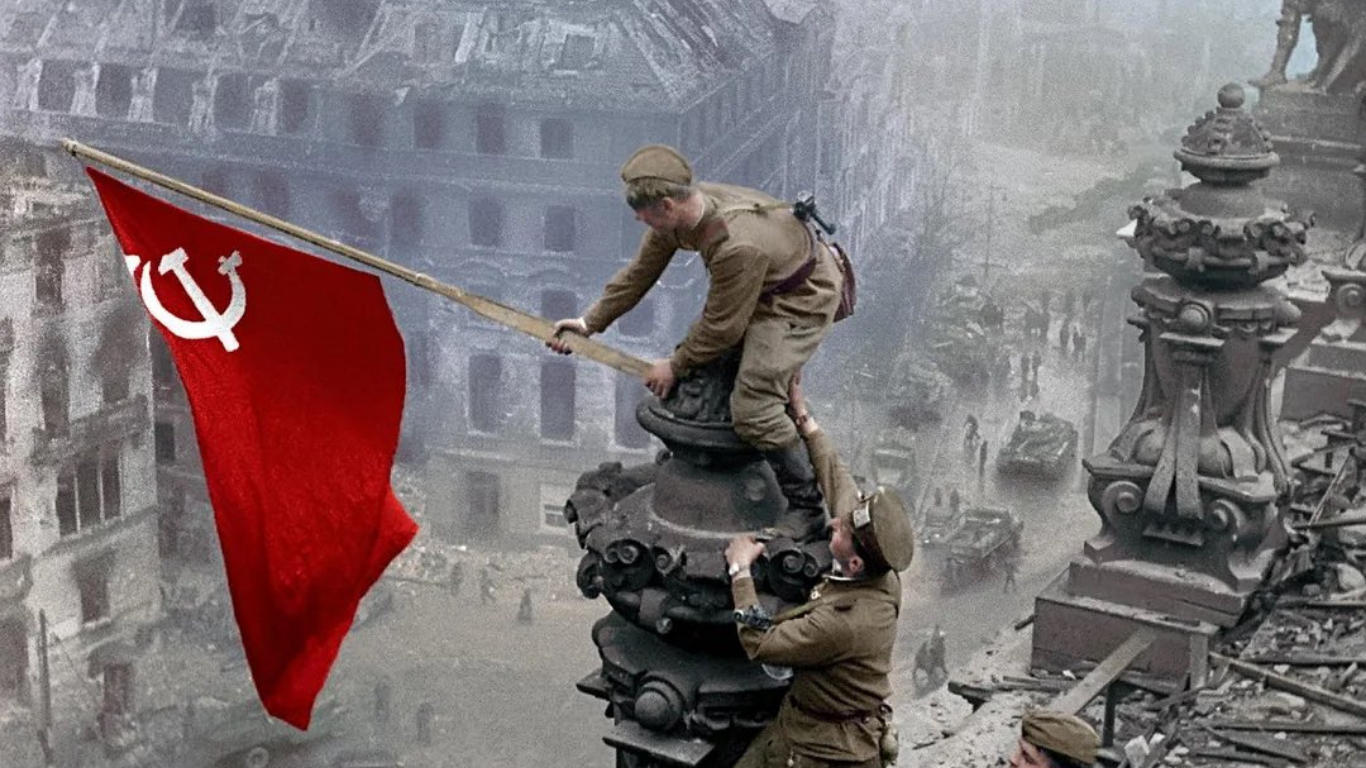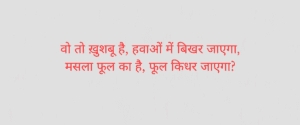The question hits hard: Did communists murder more than 100 million people? It’s a number that floats around debates, books, and online arguments like a ghost from the 20th century. If true, it would mark one of history’s greatest tragedies, outpacing even the Holocaust or World War II in sheer scale. But numbers like this don’t come easy. They tangle with politics, faded records, and honest disagreements among experts. I’ve dug into the sources—historians’ tallies, declassified files, survivor stories-to see what’s solid and what’s shaky. Spoiler: The toll was immense, but pinning it exactly at 100 million? That’s where things get fuzzy. Let’s walk through it step by step, country by country, without sugarcoating the horror or inflating the count.
The Black Book: Where the 100 Million Figure Was Born
Picture this: It’s 1997, and a team of French historians drops a bombshell book called The Black Book of Communism. Editor Stéphane Courtois crunches the numbers from across the globe and lands on about 94 million dead under communist rule. He rounds it up to 100 million in the intro to drive home the point: Communism wasn’t just a failed experiment; it was a killing machine. The book breaks it down by regime-20 million in the Soviet Union, 65 million in China, 2 million in Cambodia, and so on. It became a sensation, translated into dozens of languages, and shaped how many folks view the Cold War era.
But here’s the rub: Not everyone on the team signed off. Co-authors like Nicolas Werth and Jean-Louis Margolin called out Courtois for fudging figures to hit that magic number. They argued he lumped in war deaths, famines from bad policy, and even some Nazi collaborators killed by the Soviets. Historians like Michael David-Fox later slammed it as biased, saying it twisted events to make communism look worse than Nazism-ignoring, for instance, that Nazi tolls exclude World War II’s full 50-60 million dead. Still, the book opened archives and forced a reckoning. Even critics admit the core story holds: Communist governments caused millions of unnatural deaths through purges, camps, and forced labour. Just don’t take the 100 million as gospel; it’s more like a high-end guess in a range that spans 60 to 110 million, depending on who you ask.
Soviet Shadows: Stalin’s Reign of Fear
No story of communist death tolls starts without Joseph Stalin. From the 1920s to his death in 1953, the Soviet Union under his iron fist became a graveyard for millions. The Great Purge of 1937-1938 alone saw 700,000 to 1.2 million executed-teachers, generals, even loyal Bolsheviks, all branded “enemies of the people.” NKVD secret police dragged folks from beds at night, show trials rubber-stamped sentences, and bullets ended it quick in basements. But executions were just the flashy part; the real killer was the Gulag.
The Gulag system-forced labour camps in Siberia’s frozen hell-swallowed 18 million people from 1930 to 1953. Official Soviet archives, cracked open after 1991, show 1.7 million died there from starvation, beatings, and -50-degree cold. Add in the Holodomor, Stalin’s man-made famine in Ukraine that starved 3.5 to 5 million people in 1932-1933 by seizing grain to crush peasant resistance. Dekulakization, targeting “rich” farmers, deported 1.8 million, with 390,000 perishing en route or in exile. Total for Stalin’s era? Historians like Robert Conquest peg it at 20 million, including purges, famines, and camps. That’s not war dead; that’s deliberate policy turning neighbours into snitches and families into ghosts. Survivors like Aleksandr Solzhenitsyn wrote The Gulag Archipelago to scream it from the rooftops, but for decades, the West downplayed it as Soviet propaganda.
Mao’s China: The Great Leap into Famine
If Stalin’s story chills you, Mao Zedong’s breaks the heart. Chairman from 1949 to 1976, Mao dreamed big with the Great Leap Forward in 1958 rush to industrialise that turned fields into factories overnight. Peasants melted tools for backyard steel, communes stripped villages bare, and officials faked bumper harvests to please Beijing. Reality hit like a hammer: The 1959-1961 famine killed 15 to 55 million, mostly from starvation. Historian Frank Dikötter, sifting Chinese archives, says 45 million worked to death, beaten for hiding grain, or just left to wither. Anhui and Sichuan provinces lost up to 18% of their people; kids ate clay to fill empty bellies.
Then came the Cultural Revolution, 1966-1976, where Red Guards-teen zealots-hunted “counter-revolutionaries.” Teachers paraded in dunce caps, intellectuals beaten in struggle sessions, millions sent to rural laogai camps. Estimates add 1 to 2 million more deaths. Overall, for Mao’s China? 65 million, per The Black Book, though some scholars trim it to 40-50 million by excluding indirect famine causes. Mao himself admitted “unnatural deaths” topped 5 million in one chat, but that’s lowballing. His policies weren’t slips; they were ideology over lives, proving power unchecked devours its own.
Cambodia’s Killing Fields: Pol Pot’s Mad Year
In four short years, 1975-1979, Cambodia’s Khmer Rouge turned a gentle kingdom into a slaughterhouse. Led by Pol Pot, they evacuated cities, smashed glasses as “Western,” and herded 8 million into rice paddies for Year Zero reset to agrarian purity. But it was genocide by exhaustion. Up to 2 million died-25% of the population-from executions, starvation, or disease in camps like Tuol Sleng, where 20,000 entered and 7 left alive, tortured for “confessions.”
Chams, Vietnamese, and anyone with soft hands are targeted first. Babies bashed against trees, families drowned in rivers. Vietnamese invasion ended it in 1979, but not before 1.7 million perished, per Yale’s genocide program. Per capita, it’s the worst in history. Pol Pot’s crew aped Mao but cranked it to eleven, showing how radical equality can twist into a racial purge. Today, trials drag on, but the fields still yield bones with every rain.
North Korea: The Hermit Kingdom’s Hidden Graves
Kim Il-sung’s North Korea, born in 1948, hides its toll in fog. Purges post-Korean War (1950-1953) killed 90,000 in land reforms alone. Famine in the 1990s, the Arduous March, starved 240,000 to 3.5 million—official denial worsened it, with elites eating while kids scavenged. But the real monster? Kwalliso camps, where 80,000 to 120,000 rot today. Since 1948, up to 400,000 have died there from beatings, experiments, or “three generations of punishment” for one relative’s crime.
Total? 1.7 to 3 million unnatural deaths, per human rights groups. Public executions-machine-gunned for watching South Korean DVDs-keep fear alive. It’s communism’s longest nightmare, a family dynasty guarding secrets with nukes. Defectors whisper of mass graves; satellites spot the smoke from crematoria. The world peeks in, but change feels distant.
Cuba and Latin Shadows: Castro’s Long Arm
Fidel Castro’s 1959 revolution promised freedom but delivered firing squads. From the 1960s purges to the Angola wars, 5,000 to 15,000 Cubans died in executions or camps like UMAP, where “reformable” gays and believers were enslaved. Drowned rafters fleeing over 100,000 add thousands more. Total under Castro? 10,000 to 73,000, per archives like Cuba Archive’s 10,700 verified names.
In Latin America, communist guerrillas in places like Peru’s Shining Path killed 30,000 civilians. But regimes? Small fry compared to giants. Castro exported revolution, but homefront repression-torture, disappearances-grounded on till his death. It’s a reminder: Even “benign” communism silences with lead.
Eastern Europe’s Iron Grip: Satellites of Sorrow
Post-1945, Stalin’s puppets in Poland, Hungary, and Romania crushed dissent. Romania’s Ceaușescu executed 2,000 in purges; East Germany’s Stasi camps claimed hundreds. Total for the bloc? About 1 million, from the 1956 Hungarian uprising (3,000 dead) to the Prague Spring tanks. Secret police files, opened in 1989, reveal torture chambers and mass graves. It wasn’t genocide-scale, but daily dread-bugs in walls, knocks at midnight-broke spirits. Velvet revolutions ended it, but scars linger in old files and hushed family tales.
Africa and Asia’s Red Threads: Forgotten Fronts
Communism hopped continents. Ethiopia’s Mengistu famine-purge killed 500,000 in the 1980s Red Terror. Angola’s MPLA civil war, Soviet-backed, tallied 1 million dead. In Asia, Vietnam’s land reforms executed 50,000; Laos’ Pathet Lao camps another 50,000. Afghanistan’s 1978 Saur Revolution sparked Soviet invasion, 1.5 million dead. These add 2-3 million to the ledger-proxy wars blending ideology with tribal feuds. Less studied, but no less real: Villages razed, kids conscripted, futures stolen.
Adding It Up: The Global Tally and Tough Questions
Stack the estimates: Soviet 20M, China 65M, Cambodia 2M, North Korea 2M, Cuba/Eastern Europe/Latin 2M, Africa/Asia 5M, plus stragglers like Vietnam (1M). That’s 85-110 million, bracketing 100M. But quibbles abound: Include famines as murder? Count war dead? Rudolph Rummel’s “democide” tallies 110M; others, like Stephen Kotkin, say 65M from policy alone. The truth? Millions upon millions, a century’s worth of blood for utopia.
Fair Comparisons: Communism vs. the World’s Other Monsters
To call it the worst, stack it against others. Nazis: 17M in the Holocaust and camps, but 50-85M if folding in WWII. Colonialism? Belgium’s Congo: 10M; British India famines: 30M. Capitalism’s indirect toll-poverty, preventable disease-hits billions over centuries, but that’s apples to genocidal oranges. Communism’s edge? Scale and intent: Ideals of equality twisted into class extermination across 25 regimes. Yet equating it to Nazism draws fire-the Holocaust was racial machinery; communist kills, class-based but sloppy. Both horrors, but communism’s long shadow (1917-1991) dwarfs fascism’s sprint (1922-1945). No contest in body count, but all demand we remember.
Why the Numbers Matter: Lessons from the Ashes
These aren’t stats; they’re stories of a Ukrainian mother eating grass, a Chinese boy burying siblings, a Cambodian teacher vanishing at dawn. The 100 million question isn’t trivia; it’s why we fight for checks on power. Communism promised bread for all but delivered bullets. Today, with echoes in authoritarian pops, it warns: Blind faith in leaders, any stripe, ends in unmarked graves. Honour the dead by questioning the living. Dig archives, teach kids, vote wisely. History isn’t past; it’s the map to not repeating it.
FAQ
Q: Is the 100 million figure accurate?
A: It’s a high estimate from The Black Book of Communism, but totals range 60-110 million. Depends on counting famines and camps as direct murders.
Q: Were all these deaths intentional?
A: Many yes-executions, purges. Others from botched policies like famines, but leaders knew and pushed on.
Q: How does communism compare to Nazism?
A: Communism’s toll higher (85-100M vs. 17M direct Nazi kills), but Nazism’s per year deadlier. Both totalitarian nightmares.
Q: Why do estimates vary so much?
A: Sealed archives, destroyed records, political bias. Post-1991 Soviet files helped, but gaps remain.
Q: Are there positives to communist regimes?
A: Some literacy gains, health care. But at what cost? Millions dead outweigh any scorecard wins.




